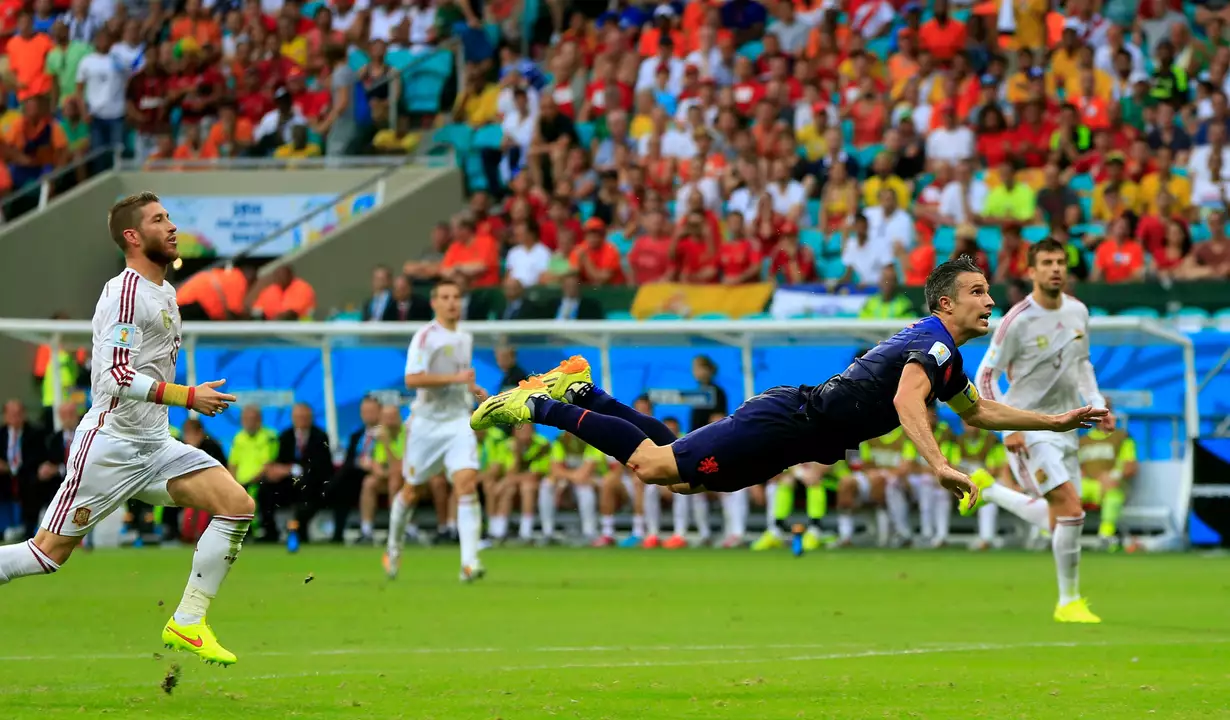Soccer
When talking about soccer, the sport that unites billions, it helps to start with a clear definition. Soccer is a team game played with a round ball on a rectangular field, where two sides aim to score by getting the ball into the opponent’s net. It thrives on skill, strategy, and passionate fans. Also known as football, soccer drives local economies, fuels media buzz, and sparks lifelong friendships.
One major off‑field element is the soccer jersey, a piece of fan gear that represents club identity and player heritage. High‑quality jerseys let fans wear their favorite team's colors while supporting the sport’s commercial side. Another key aspect is soccer betting, which adds a layer of excitement to matches and influences fan engagement by offering predictions and stakes. Then there’s the iconic soccer player number 10, a badge of creative leadership worn by legends like Pelé, Maradona, and Messi. Finally, stadium tours give travelers a behind‑the‑scenes look at historic arenas, locker rooms, and trophy rooms, turning a regular match day into a full‑immersion experience.
These elements intersect in everyday fan life. Soccer encompasses stadium tours, offering a tangible link between the game’s history and its present. Soccer requires fan gear like jerseys, creating a visual community wherever matches are played. Soccer betting influences how audiences watch games, turning every pass into a potential win. The number 10 tradition shapes player expectations, while stadium tours showcase the venues where those legends shine. Together they form a vibrant ecosystem that keeps the sport fresh for newcomers and veterans alike.
What you’ll discover in this collection
Below you’ll find a mix of practical how‑tos, quirky facts, and insider advice gathered from our latest posts. Whether you’re hunting the perfect jersey, curious about the myth behind the number 10, looking for safe betting tips, or planning a guided tour of Barcelona’s iconic stadiums, the articles here cover the breadth of soccer culture. Dive in to get actionable insights, explore fan stories, and level up your next soccer weekend.
Ready to explore? Scroll down and see the range of topics we’ve curated just for you.

- 0 Comments
The best soccer match ever played is still a matter of debate among soccer fans. It could be the classic 1966 World Cup Final between England and West Germany, or the 2005 Champions League Final between Liverpool and AC Milan. No matter which match fans choose, it was likely an epic encounter filled with dramatic moments. The intensity of the match, the skill of the players, and the passion of the supporters all combined to make it one of the most memorable soccer matches ever. Even today, fans still talk about the best soccer match ever played and can't seem to agree on an answer!

- 0 Comments
The air pressure of a soccer ball is an important factor in how the ball behaves and performs. The optimal air pressure for a soccer ball is 0.6 to 0.7 atmospheres (8.5-10.3 psi). A soccer ball that is overinflated or underinflated will not perform as well as a soccer ball that is properly filled. The pressure of a soccer ball should also be checked before each game or training session to ensure it is within the ideal range. The air pressure of a soccer ball can be easily adjusted with a pump or air pressure gauge.

- 0 Comments
This article discusses the use of social media by soccer players. It explains that there are no specific rules around the use of social media by professional soccer players, but many clubs have policies in place to ensure that players use it responsibly. The article looks at some of the risks associated with players using social media, such as the potential for negative publicity and the potential for players to be exposed to inappropriate content. It also looks at the potential benefits, such as allowing players to connect with fans and promote their team. Overall, it is advised that clubs have clear policies regarding the use of social media by their players, and that players use it responsibly.